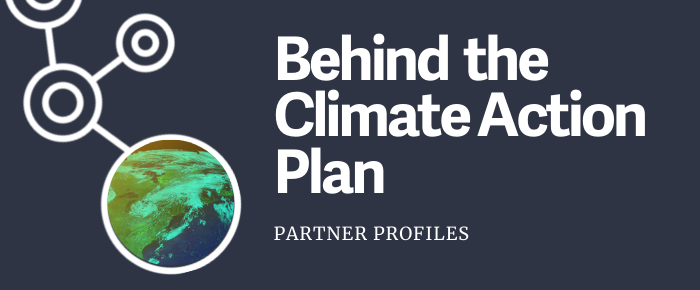
Behind the Climate Action Plan: 3Qs with Jim Doughty, EH&S

MIT's operational staff and academic community are key partners to MITOS and in reaching MIT's climate goals. To highlight this, we feature the contributions of operational, academic, and administrative staff in the monthly newsletter, the MITOS Digest, and the Thought Leadership blog. Peek behind the curtain of the climate action plan into the day-to-day implementation of MIT's bold commitments and read Jim Doughty's response to 3Qs below.
Name: Jim Doughty
Position Title: Senior Program Manager, Industrial Hygiene Program
Department: Environment, Health, and Safety Office
What is a typical day like for you at MIT?
My work involves assessing and mitigating chemical exposure to people. A typical day might involve meeting with a researcher who is concerned they may be exposed as a part of an experiment they are conducting. I would first try to quantify those exposures and if they are determined to be unacceptable, suggest ways to eliminate or reduce to that exposure. The primary means of mitigation we default to is using exhaust ventilation through such devices as chemical fume and snorkel trunks.
What are some ways your work and your team support MIT’s climate action plan to reduce on-campus emissions and utilize the campus as a test bed for change?
The primary means of exposure mitigation to much of our campus involves using exhaust ventilation. Yet, many of the most energy intensive building on campus are intensive because of that ventilation, and the energy needed to condition air that can be quickly ejected from the building. I work with a dedicated team in System Performance and Turnover and Facilities Engineering to find the minimum amount of ventilation necessary to support the needs of the space, without compromising safety.
What’s one thing you wish people knew about your department and how it keeps MIT running?
The MIT EHS Office moved on from regulatory compliance and old stereotypes like the “safety police” long ago. While regulatory compliance and ensuring the safety of our community remain central to our mission, we believe we help make research happen and help make MIT to the best academic institution in the world. Supporting MIT’s Climate Action Plan and reducing on-campus emissions are examples of this.

